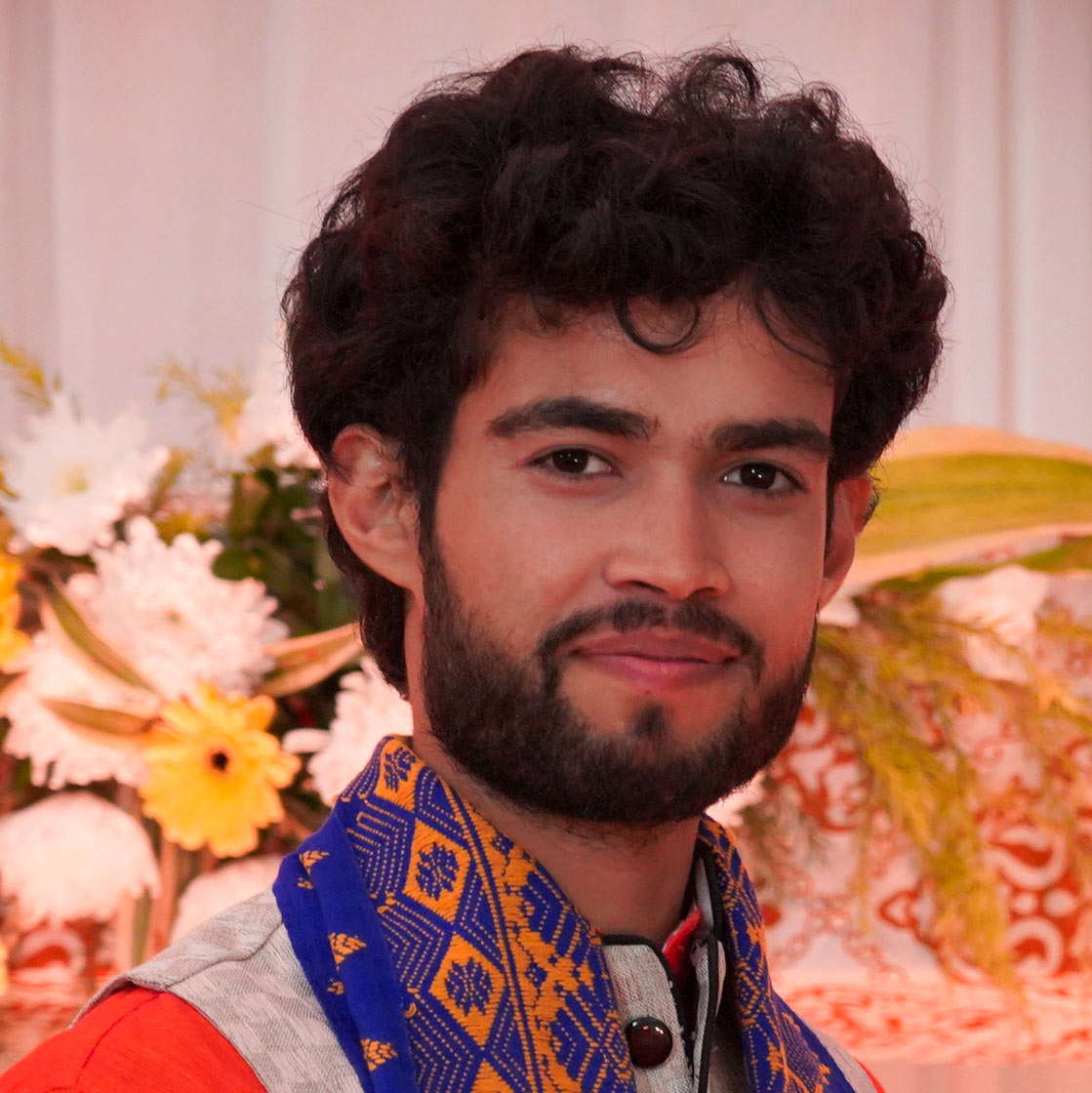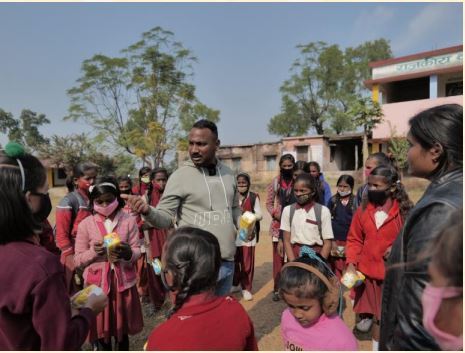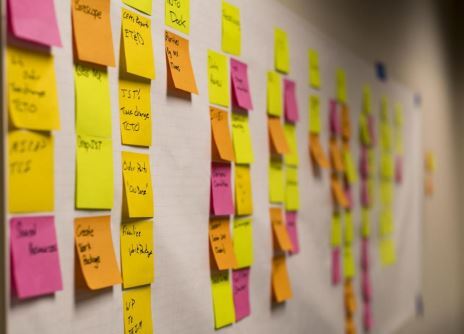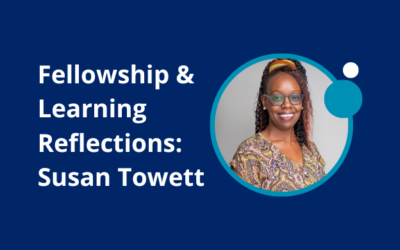
Himanshu Kumar
Youth Advocate and former HCDExchange Youth Associate
Himanshu Kumar is a youth advocate and theater artist from Jharkhand, India. He joined HCDExchange’s Youth Leadership as a Program and M&E Associate in 2021. With experience on working on short films and documentaries to content production for Radio Khanchi through UNESCO and CRA’s fellowship programs, Himanshu brought a wealth of insights on how to simplify the basics of human-centered design (HCD) through a storytelling approach. Himanshu shared his thoughts and what he learned . . .
How can we bridge the language gap present in HCD+ASRH events to make them inclusive for youth to engage meaningfully? My observation is that there is a language and skill gap between the youth and human-centered design (HCD). Youth are stuck at the intersection of the HCD concept because they do not have an understanding of the approach. This understanding is lacking because HCD resources are technical, inflexible, and not very youth- friendly. On the other hand however, I recognize that education may be a factor in some places also As a result, more and more youth do not use the HCD approach in their work.
In my research, I found that more and more youth spend time on their smartphones using social media channels with YouTube as the main entertainment site. Using these insights, I created youth-friendly materials that are 30-minute explainer videos together with pictorial reading material.
“HCD resources are technical, inflexible and not very youth- friendly . . . Most HCD-related materials are presented in PDF which is lengthy and unappealing to young people. “

VoC is a voluntary community and youth-ledinitiative founded by a 23 year old man from India that aims to find solutions for better menstrual health.
As a Youth Leadership Hub Associate at the HCDExchange, I created a resource that can be used by an experienced designer and a person just starting out in the HCD journey by capturing a real-life story form, based on my community in Jharkhand, India. To craft this resource, I worked with the Voice of Change (VoC) project that aims to normalize the conversation around better menstrual health outcomes, involve men to help find solutions and support young girls and women with sanitary provisions. A critical part of its work is community outreach and dialogue with key members of the community.
I thought, ‘how valuable will HCD be in shaping better outcomes for the Voice of Change initiatives?’
I took the VoC team through the basics of human-centered design. I used the focus area, menstruation, to explain what HCD looks like in a project context, giving examples based on the work of VoC. I highlighted the various phases in HCD by using images, and pictures from the field outreach to explain what I mean by each phase. This culminated in a user-friendly HCD toolkit which includes story-based reading materials and a 30-minute explainer video. The advantage of this resource is that it can be disseminated through YouTube, Instagram, Twitter and the website. I firmly believe that knowledge should not be limited to a specific access platform.

For example, if it’s ideation, I explained what ideas
mean in HCD “speak”, how to hold an ideation session
and collect ideas from the team members.
“The more knowledge is made accessible on the platforms that more youth are using, the more likely that they will pick up the best practice of the HCD approach and leverage it in their projects and work “
This is an abridged interview conducted by Belindar Kwamboka as part of the HCDExchange Youth Leadership Hub
on March 29, 2022.

